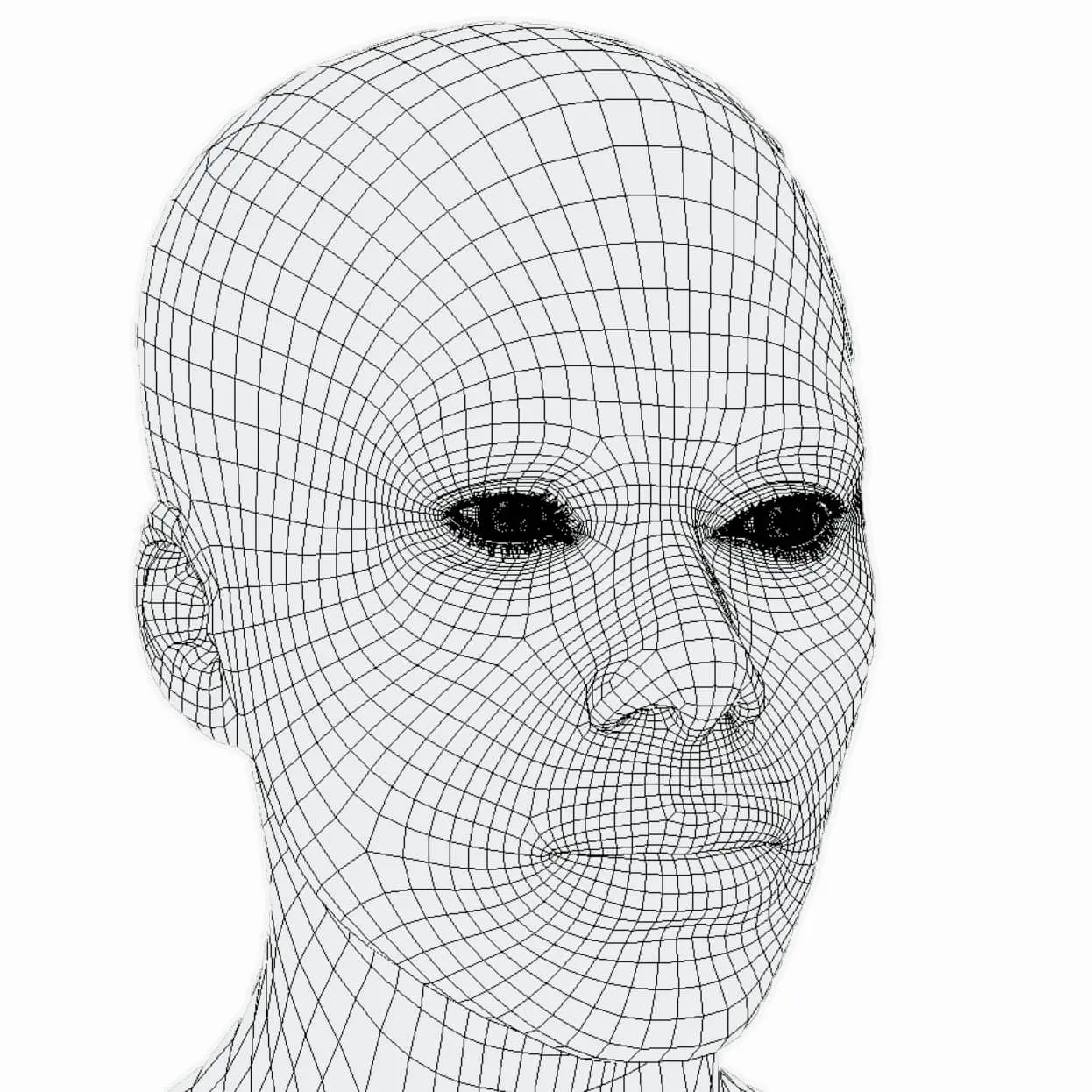Reconstruction

Why should you favour model rather than data?
Data-based analysis of quantitative descriptors is of great value due to the accuracy and completeness of our acquisitions and versatility of our framework when you evaluate a particular state of a subject.
But such a direct analysis of measurements can not cope with modification of the pose and the expressions, as well as morphological differences, when you want to compare before/after effects of a product at different time, under different conditions or among different volunteers. It does not permit either to proceed a predictive evaluation of your active ingredients for simulation or communication purposes.
How do we conform unstructured data of different types, acquired at different times or on different subjects?
In order to certify the consistency of such evaluation or simulation, you have to guaranty the exact reproductibility of the subjects conditions – which cannot be ensured by any practical means. We precisely achieve this objective by conforming all extracted information through the computation of a dense (i.e. point-to-point) correspondence between our high detailed acquisitions and a generic model.
This correspondence establishes a common 2D+3D parametrization of the material+geometric properties issued from a subject in different states, at different times or among the population samples of your evaluation protocol.

Delivered model ready for your analysis and simulation
- Material properties are expressed as layered textures maps under standard image format.
- Geometric properties are decomposed into low, medium and high range frequencies to retain every detail of our HD scan. This enables to separate the rigid pose of the subject and the deformations link to facial expressions from the skin analysis.
